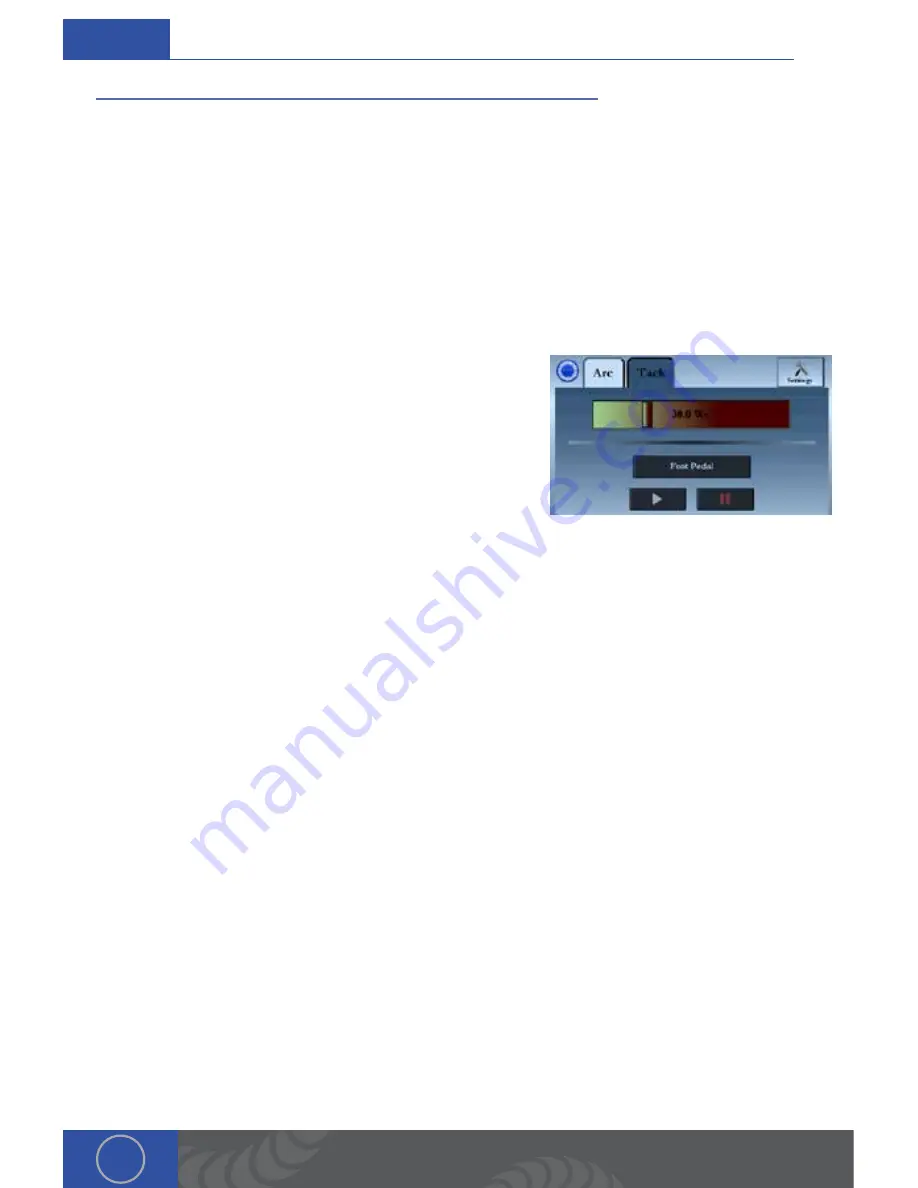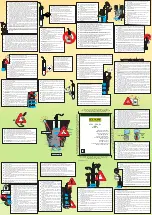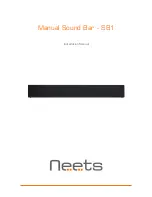
100c
User Manual
28
ch
.
4
CHAPTER 4: RESISTANCE WELDING
Using Tack Mode
TACK TAB - CONTROL AREA
The Tack Screen controls the resistance welding aspect of the welder . Tack welding is typically
used to temporarily hold pieces together . Users will generally utilize this type of welding to
hold their work pieces together before soldering or performing a pulse arc weld . Tack welding
before pulse arc welding allows the user to verify the work pieces are placed together correctly .
Then the user can return to the “Arc Screen” and place a permanent weld between the two work
pieces . *Tack welding can be used to permanently fuse the work pieces together if the energy
level is high and the work piece are not to thick . Tack welding does not work with resistive
metals like silver or high karat gold .
Energy Bar
This controls the overall energy that will be discharged
during the welding process . Slide your finger along the
Energy Bar to change the energy or touch the plus and
minus buttons on either side of the Energy Bar .
Trigger Type
Touch Detect – The weld will occur after the two work pieces touch each other .
Foot Pedal – This option will not weld unless the users presses the Foot Pedal after the two
pieces are touched together . This option allows the user to precisely position the work pieces
together and make sure they are aligned correctly before initiating the weld .
THINGS TO REMEMBER
It may be helpful to shape the tool for the application . Tools that clamp the parts (e .g . brass lined
pliers) should have as much surface as possible in contact with the part to allow more energy to
transfer to the weld location . Remember that the area between the work pieces should be small
to focus the energy if a strong weld is desired . A weldment or bump can be used to help focus
the energy if desired . If you are shaping an electrode to actually perform the weld then the tip
should be as small as is reasonable for the desired weld size (e .g . 1mm spot size or less is typical) .
Remember that when using an electrode to perform the welding process, the pressure applied
by the electrode tip determines the weld pressure and the heat generated . A weldment or bump
between the two parts to be welded can still be used to focus the energy . Place the electrode
directly over the weldment location (remember the weldment is actually between the two sheets
etc, not on the electrode) .
What is Resistance Welding (Tack Welding)?
Resistance welding, often called tack or fusion welding , takes place using a very different process
from that of TIG welding . In resistance welding a large electrical current is passed through two
work pieces to join them together . At the contact point between the two materials there is a
resistance to the flow of the electrical current . As electrical current is passed through this contact
point, resistive heating takes place . When enough current passes through the work pieces the
















































